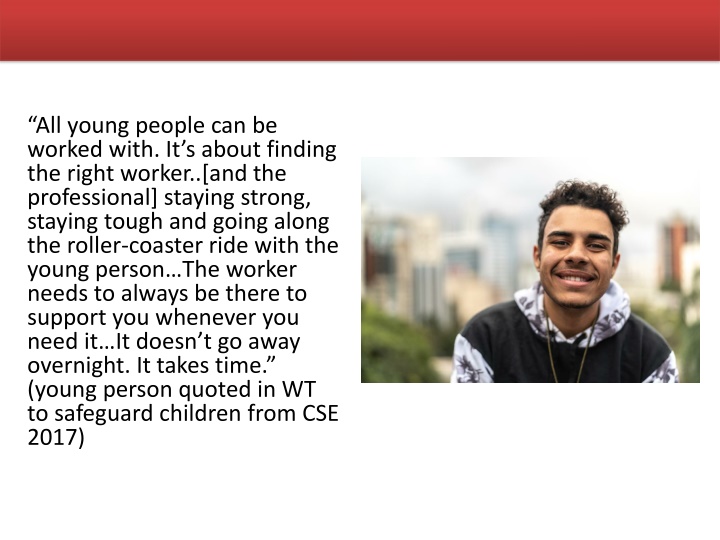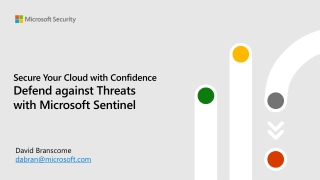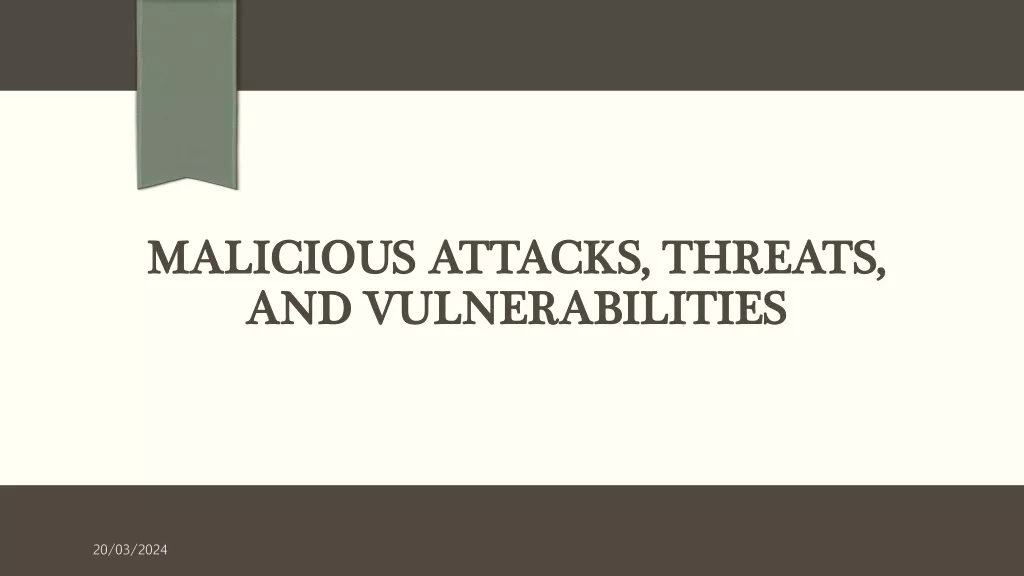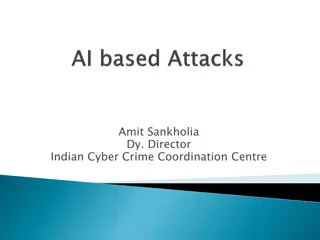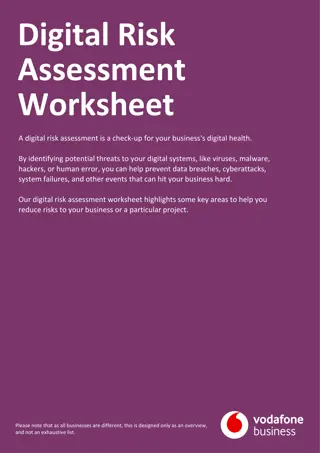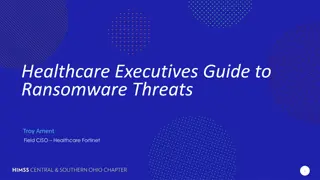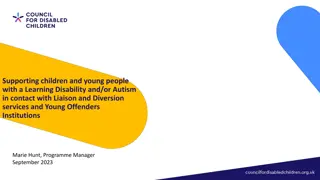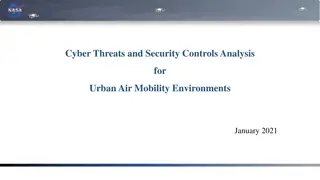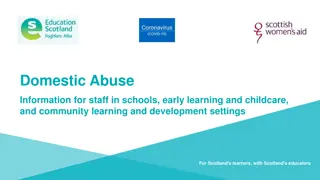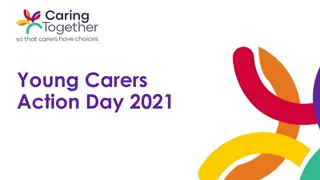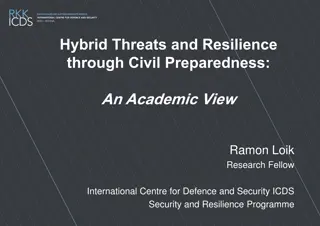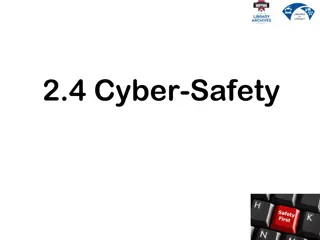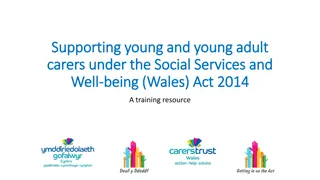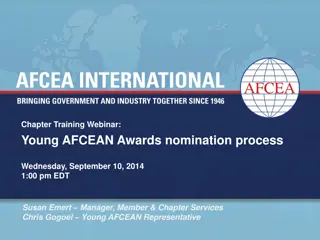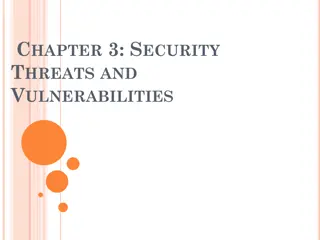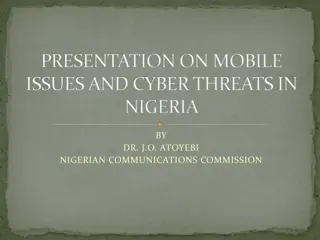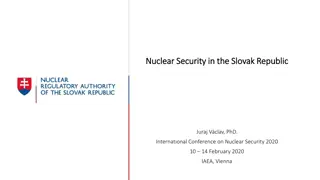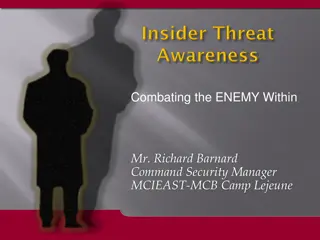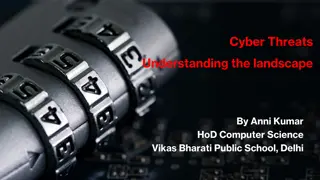Supporting Young People Against Various Threats
Young people can be vulnerable to different threats such as exploitation, trafficking, online abuse, and radicalization. Effective inter-agency working and partnerships are vital to address these challenges, providing support, protection, and guidance to ensure their safety and well-being in the wider community.
Download Presentation

Please find below an Image/Link to download the presentation.
The content on the website is provided AS IS for your information and personal use only. It may not be sold, licensed, or shared on other websites without obtaining consent from the author.If you encounter any issues during the download, it is possible that the publisher has removed the file from their server.
You are allowed to download the files provided on this website for personal or commercial use, subject to the condition that they are used lawfully. All files are the property of their respective owners.
The content on the website is provided AS IS for your information and personal use only. It may not be sold, licensed, or shared on other websites without obtaining consent from the author.
E N D
Presentation Transcript
All young people can be worked with. It s about finding the right worker..[and the professional] staying strong, staying tough and going along the roller-coaster ride with the young person The worker needs to always be there to support you whenever you need it It doesn t go away overnight. It takes time. (young person quoted in WT to safeguard children from CSE 2017)
Working Together 2018 .extra-familial threats might arise at school and other educational establishments, from within peer groups, or more widely from within the wider community and/or online. These threats can take a variety of different forms and children can be vulnerable to multiple threats, including: exploitation by criminal gangs and organised crime groups such as county lines; trafficking; online abuse; teenage relationship abuse; sexual exploitation and the influences of extremism leading to radicalisation.
Inter-agency working WT identifies areas for improvement include: the practical implementation of information sharing guidance common risk assessment processes, that follow an evidence-based model which looks at risk factors, vulnerability, protective factors and resilience and which prioritises professional judgement and does not rely on simplistic scoring clarity about professional roles and thresholds for action across universal, targeted and specialist services more effective sharing and recording of intelligence better co-ordination of statutory and voluntary sector services more streamlined management of multiple agencies engagement with victims and their families.
Legislation and Guidance Partnerships should have arrangements which: View child sexual exploitation within a wider continuum of exploitation, violence and abuse Move beyond a reactive approach Engage with diversity Work cross-area Parents and families should be regarded as a part of the solution The parents may need direct support and help to improve family relationships and keep their child safe Locates child exploitation within a wider context of risk and harm, and moves beyond a case by case response to identify wider patterns of concern Encompass protective (immediate safeguarding) and responsive approaches, focusing on both victims and perpetrators (and recognising the potential for overlap between the two) Provides help and ongoing support that is responsive to individual need, strengths-based in approach and available over the longer-term (recognising that disclosure, resilience-building and recovery can take time) Supports staff to work with risk, in order to support a young person to become an active partner in their recovery and reintegration and achieve longer term meaningful change rather than temporary enforced compliance Enhance children s and young people s resilience and strengthening the protective factors
It was hard to escape Education Inclusion Comprehensive risk management processes make a difference Trusted relationships Disruption of perpetrators needs to increase Not usually known to CSC when initial concerns arise What works? Moving children OOA is only effective in the short term Respond to the critical moment Parental engagement is protective
IICSA Child sexual exploitation may of course overlap with other forms of child sexual abuse and child exploitation. However, the nature of the harm experienced by sexually exploited children and the service response needed can be significantly different from that needed by victims of other forms of child sexual abuse or child criminal exploitation: it is essential to recognise the separate and distinct care and support needs arising for children and young people who have been sexually assaulted and raped as part of their exploitation .
CSA Centre At a strategic level, work to address the sexual exploitation of young people needs to connect with other forms of child sexual abuse (CSA) Sexually exploited young people will access a broad range of healthcare in different settings, including sexual health, Accident and Emergency (A&E), walk-in centres, GPs, Child and Adolescent Mental Health Services (CAMHS) and services for self-harm and drug and alcohol use. Sexually exploited young people and those at risk should have easy access to services along health care pathways at the point of need. Investment in specialist services can yield financial benefits. Health care professionals can contribute to multi-agency work to protect young people, identify patterns in abuse and disrupt perpetrators. Commissioners can play a role in assisting health staff balance maintaining confidentiality and safeguarding through this mechanism. contracts for specialist services need to be of sufficient length that they can build trusting relationships with young people. While commissioning long term services may appear costly, re-referrals and ongoing crises are more so. Investment in specialist services can yield financial benefits with one cost-benefit analysis showing a potential saving of 12 for every 1 invested. Connections also need to be made with local approaches to violence against women and girls as well as issues such as going missing, youth offending and substance misuse.
